Eastern Shore students tour the lab that grows Chesapeake Bay oysters
May 19, 2025Horn Point Laboratory has the largest oyster hatchery on the East Coast
Read story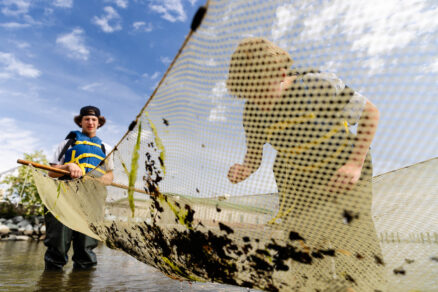
Our regional partnership guides the restoration and protection of the nation’s largest estuary.
Learn more about usHorn Point Laboratory has the largest oyster hatchery on the East Coast
Read story
A Chesapeake Bay grant helps protect the beloved Rivanna River
Read story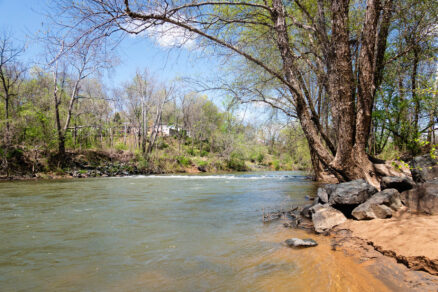
Water-penny beetles play an important role in indicating clean water
Read story
Thousands of creeks, streams and rivers deliver fresh water to the Bay from a region that spans 64,000 square miles.
Learn more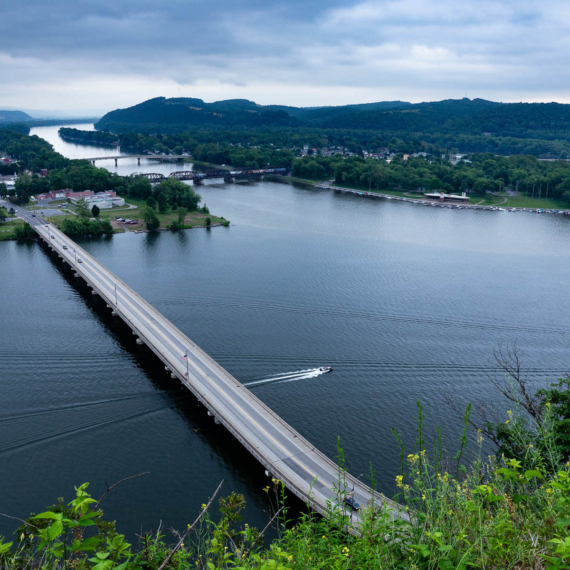
A balanced food web supports a productive ecosystem, as energy flows from the Bay's plants to its predators.
Learn more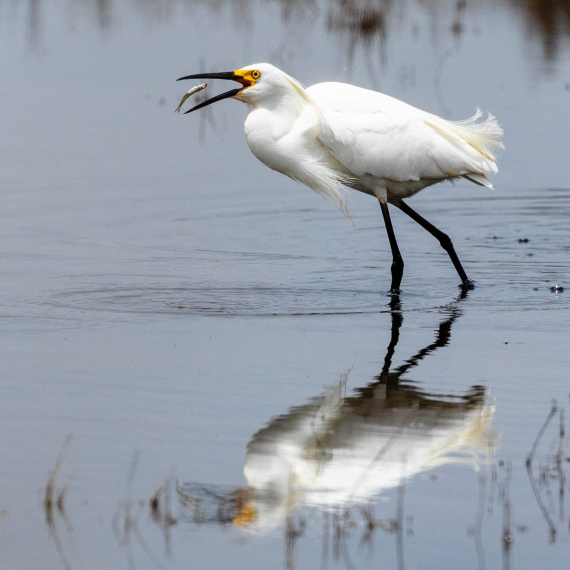
Complex problems face the Bay, its watershed and the plants, animals and people that live here.
Learn more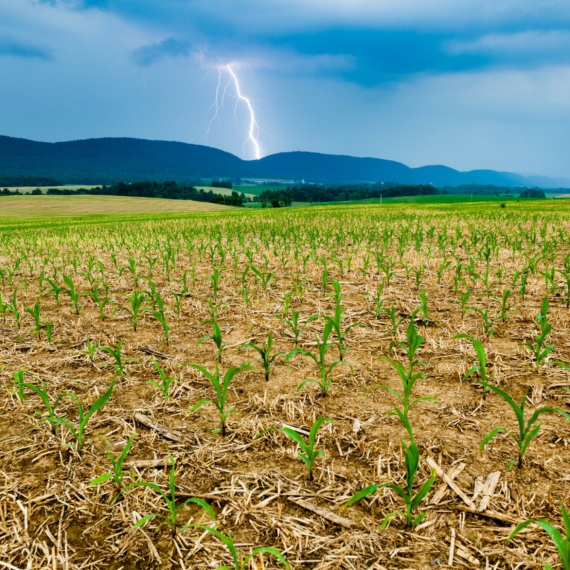
From trivia about its geography to facts about its flora and fauna, the Bay has a lot to teach us.
Learn more
Explore the Field Guide to learn about more than 300 species of birds, fish, insects, invertebrates, mammals, plants, reptiles and amphibians that live in the Chesapeake Bay region.
Visit the field guideSwitchgrass is a tall, native prairie grass that benefits birds and pollinators.
View critter